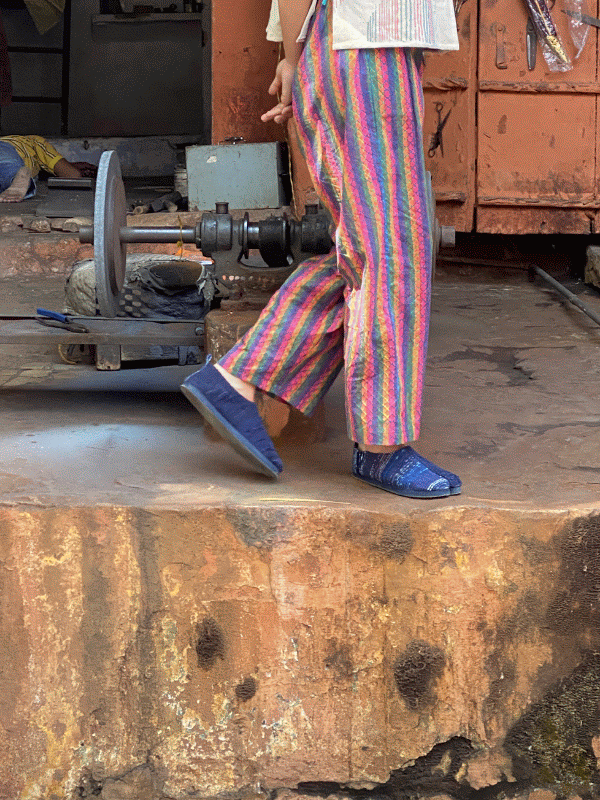
Redefining footwear and balancing the gender equation

As a new entrepreneur, I felt a strong responsibility to create a model that was both sustainable and ethical, as I believe that's the need of the hour, says Malvika Agarwal, founder of Chal Shoes.
Can you walk us through your design process—from concept to finished product?
We invest significant time in research and development, focusing on both the materials we use and the processes we follow. Our designs are intended for a non-binary category, bridging the gap between traditionally gendered footwear. Historically, men’s shoes were designed for functionality, while women’s shoes prioritized aesthetics—we aim to blend both in every style we create.
The process begins with an idea that feels relevant to the world today. Once the concept is clear, we create the first sample to test material quality, comfort, and aesthetics. Comfort is especially important because aesthetics are comparatively easier to refine. After multiple rounds of testing, we produce a size set to ensure the right fit, quality, and longevity. The entire cycle takes up to two months before a product is ready to launch.
What challenges have you faced as an independent designer while running Chal Shoes?
Since sustainable footwear is a relatively new category, one of our biggest challenges has been marketing the concept and educating consumers about its value. However, over time, there has been a shift—people are becoming more conscious of their purchases and are drawn to well-made, sustainable products that last longer and benefit the environment.
Do you work with specific artisans or communities to bring your ideas to life?
Yes, we work with local artisans from Jaipur and surrounding villages. We have collaborated with ventures like Iro Iro Zero Waste, which specializes in up-cycling, and have sourced materials from weavers in Kutch. Our team is also actively involved in training individuals and partnering with organizations like UNHCR to provide skill development for refugee women, helping them build livelihoods while contributing to our products.
Sustainability and craftsmanship seem to be key elements of Chal Shoes. How do you ensure ethical production while maintaining high-quality design?
I personally visit the shoemakers and material suppliers we work with, ensuring that the entire production process is ethical. We source materials from a wide range of places, and it’s surprising how ethically smaller workshops and village artisans operate compared to large factories. At the end of the day, it’s all about building and maintaining strong relationships with the people we collaborate with.





We noticed Guneet Monga wearing Chal Shoes! How did that come about, and what was your reaction when you found out?
It was completely unexpected! One of our first styling requests came through, and we didn’t think much of it at the time. But the day Ms. Monga wore our shoes happened to be right after she won her Oscar, and the whole world was watching her. We were in awe!
What’s next for Chal Shoes?
We have several collaborations in the pipeline, especially with brands working in sustainability and handicrafts. There’s still so much to explore in terms of materials and design. The Indian shoe market lacks high-quality, sustainable footwear, and we aim to fill that gap—one step at a time!
Instagram - ChalShoes_
